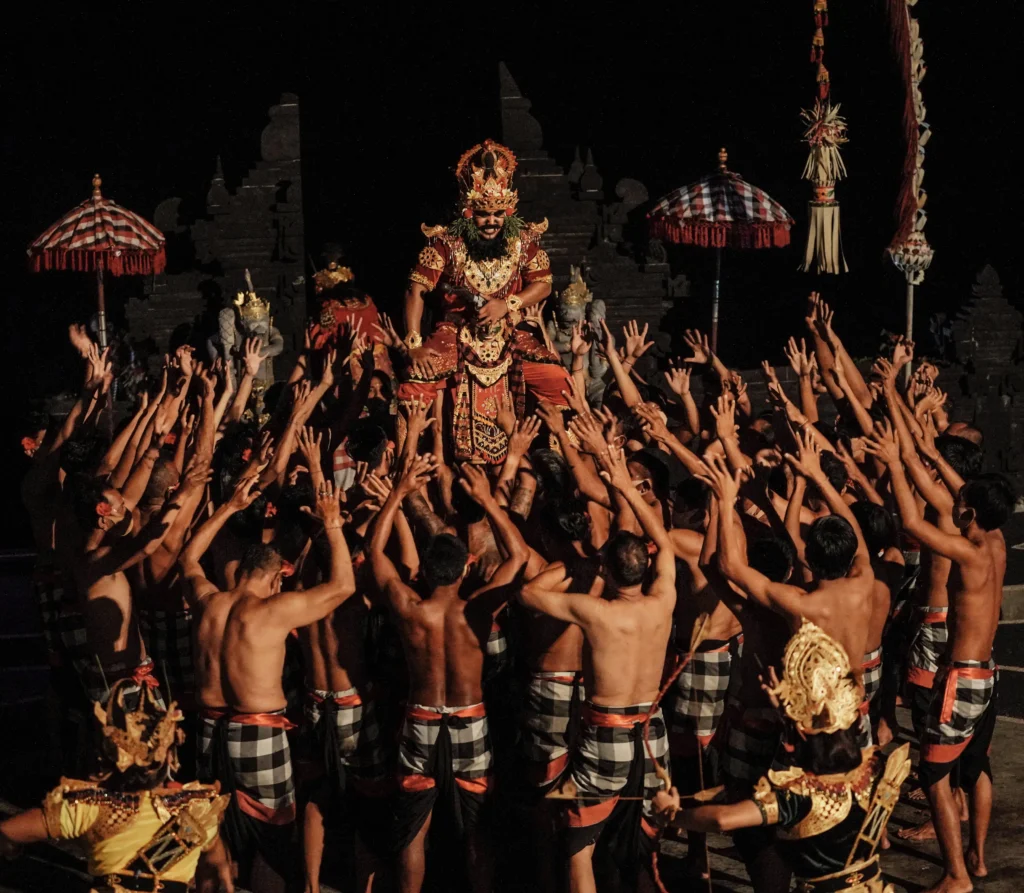BALI'S LOCATION ON THE MAP
Situated about 8 degrees south of the equator, Bali enjoys warm tropical weather year-round. It’s part of Indonesia’s vast archipelago, which comprises over 18,000 islands. Positioned between the islands of Java and Lombok, Bali’s capital, Denpasar, serves as the main hub for international visitors.
DISCOVER BALI'S NATURAL BEAUTY
Bali is famous for its diverse landscapes, which include beaches, volcanic mountains, and lush rice terraces. Inland, you’ll find picturesque rice paddies, particularly in Ubud, Bali’s cultural heart.
WHY BALI STANDS OUT

Bali’s culture is unique in Indonesia. Unlike the predominantly Muslim population of the country, Bali practices Balinese Hinduism, which influences its art, dance, and daily life. “Bali is the only Hindu-majority province in Indonesia, with 86.9% of the population adhering to Balinese Hinduism.[3] It is renowned for its highly developed arts, including traditional and modern dance, sculpture, painting, leather, metalworking, and music.” According to Wikipedia. This cultural blend makes Bali a truly distinct destination.
PLAN YOUR BALI ADVENTURE
Now that you know where Bali is, it’s time to start planning your visit to this extraordinary island in Indonesia. Bali’s warm tropical climate, friendly locals, and unique blend of culture and nature make it a must-visit destination in Southeast Asia. For a memorable stay, book a Bali villa that lets you fully experience the island’s serenity and beauty. Ayatara Villa Ubud offers an authentic Balinese experience, combining comfort and style. Located in the heart of Bali, it’s the perfect base to explore the island.

